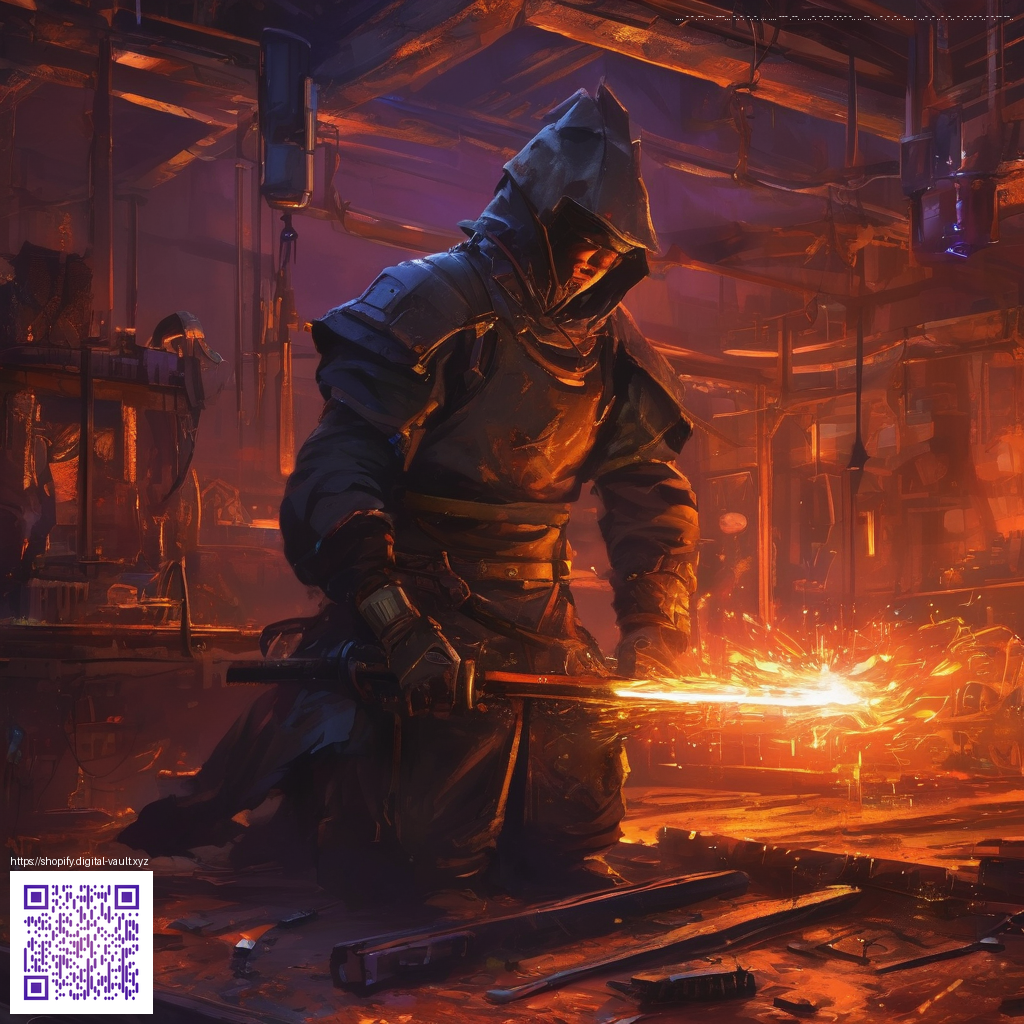How Solana Empowers Game Studios to Innovate
Game studios are increasingly turning to blockchain platforms not just for the novelty of collectibles, but for the reliable scalability and economically sustainable design space that Solana provides. The network’s architecture is purpose-built to handle the demanding, real-time needs of modern games—from microtransactions to cross-game asset ownership—without sacrificing performance. For studios aiming to ship engaging experiences faster, Solana offers a compelling foundation that aligns with both creative ambition and business practicality.
A Scalable Foundation for Real-Time Gameplay
At the core of Solana’s value proposition is throughput at a low cost. This combination enables seamless in-game economies where players can trade, upgrade, and earn without the friction of high gas fees or latency spikes. Real-time multiplayer experiences benefit from transactions that settle quickly, ensuring gameplay remains fluid while preserving the integrity of on-chain assets. The result is a more immersive player journey, where in-game items, skins, and power-ups can live on-chain with verifiable provenance.
Beyond raw speed, developers gain access to a global, distributed network that reduces central choke points. For studios experimenting with dynamic content drops or time-limited events, the architecture supports rapid iteration and predictable performance at scale. This fosters a culture of experimentation: teams can prototype novel mechanics, test user-driven economies, and measure outcomes with confidence.
“Solana’s ecosystem lets our engineers focus on gameplay innovation rather than infrastructure tinkering,” says a production lead at a growing studio. “We can ship features that feel instant to players while maintaining a secure, auditable trail for rewards.”
Building with a Developer-First Toolkit
Solana’s developer experience has matured around tools and standards that speed up delivery. Frameworks like Anchor simplify writing on-chain programs, while robust documentation and community resources help teams stand up features such as cross-chain asset movement and on-chain royalties. For studios exploring the monetization layer, this translates into more predictable revenue models and clearer ownership paths for players’ digital items.
Interoperability is another strategic advantage. With assets that transcend a single game or title, studios can design persistent economies where items endure beyond a single launch window. This kind of continuity is particularly appealing for live service plans and long-term IP strategies, where player investment grows as your game universe expands.
- Low fees enable frequent microtransactions and frictionless item buys without alienating players with surprise costs.
- On-chain assets provide verifiable ownership and tradability across titles and platforms.
- Rich tooling accelerates development cycles, from prototyping to production.
- Cross-chain possibilities open pathways to collaborate with other ecosystems and communities.
For teams validating ideas in the real world, hardware-friendly demos can help illustrate concepts to stakeholders. The Slim Glossy Phone Case for iPhone 16 with Durable Wireless Charge—a practical example you can find here: product page—serves as a reminder that successful game studios balance cutting-edge tech with tangible, everyday usability. Even during pitches or expo showcases, a familiar device paired with a polished demo can illuminate a broader vision for on-chain gameplay.
On the public-facing side, studios are mindful of how documentation, release notes, and community engagement shape adoption. A well-documented smart contract interface, clear user flows for NFT trades, and transparent reward structures help reduce friction for players who are new to blockchain-enabled games. This clarity is essential when onboarding partners, publishers, and even traditional players who are curious about how the technology enhances their experience.
From Concept to Launch: Practical Steps for Studios
Turning a Solana-powered idea into a shipped game requires a balanced plan that covers technical, legal, and community considerations. Here are practical steps studios commonly take:
- Define your asset strategy early—decide which items will be on-chain, how ownership works, and what economies will look like across titles.
- Leverage Solana tooling and frameworks to accelerate development, testing, and security reviews.
- Prototype on testnet before moving to mainnet to validate performance and economics under realistic workloads.
- Design for player governance where appropriate, enabling communities to influence rewards or feature rollout.
- Build with scalability in mind to accommodate growth in players, assets, and events without compromising experience.
As studios continue to explore the potential of blockchain-enabled games, the Solana ecosystem presents a coherent path from concept through launch and beyond. The focus on speed, cost efficiency, and developer-friendly tooling helps teams maintain creative momentum while delivering secure, player-owned experiences.
